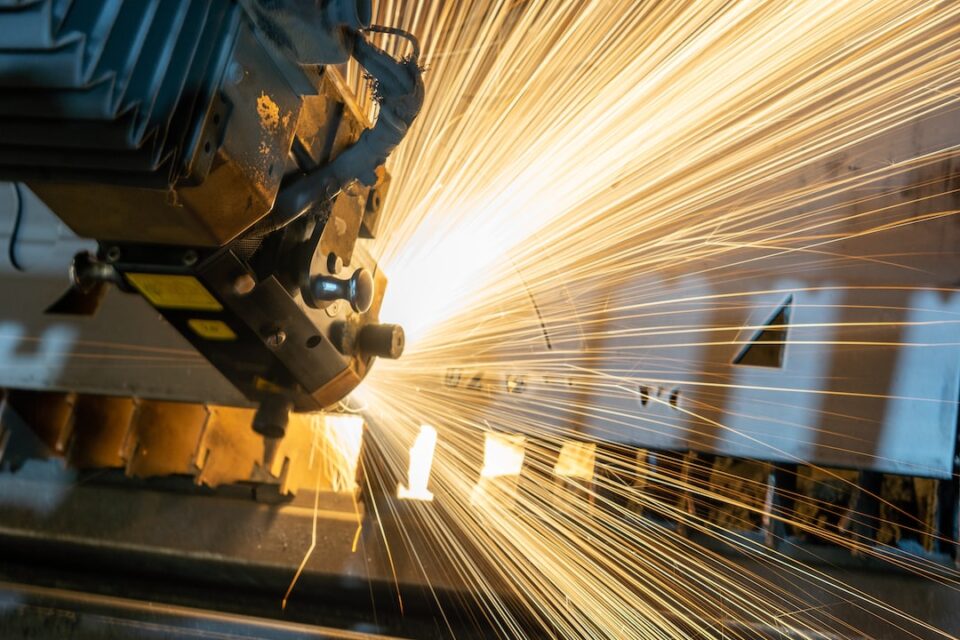In today’s highly competitive manufacturing landscape, companies are constantly searching for methods to optimize production processes and enhance productivity. One approach that has gained significant popularity is implementing lean manufacturing techniques. By streamlining operations, companies can eliminate waste, reduce costs, and ultimately improve customer satisfaction. In this blog post, we will explore how you can effectively use lean manufacturing techniques to streamline production in your organization.
1. Identify and eliminate waste:
The first step towards lean manufacturing is to identify all forms of waste within your production processes. Waste can manifest in various forms such as overproduction, excess inventory, unnecessary motion, waiting times, defects, and more. Conduct a thorough analysis of your operations to identify these wasteful activities. Once identified, develop effective strategies to eliminate or minimize each form of waste. Every effort to eliminate waste will contribute towards improving efficiency and reducing costs.
2. Implement a Just-in-Time (JIT) system:
JIT is a fundamental principle of lean manufacturing that focuses on producing goods only as they are needed, thereby reducing excess inventory and associated costs. By adopting a JIT system, you can significantly decrease the amount of inventory you need to hold, lower carrying costs, and free up valuable space on your shop floor. Implementing a pull system, where production is based on customer demand, can help you avoid overproduction and maximize efficiency.
3. Standardize processes:
Standardized processes are crucial in ensuring consistency and efficiency. Standardization involves defining the most effective and efficient ways to perform tasks and documenting those procedures. By standardizing processes, you minimize errors, reduce rework, and improve overall efficiency. Encourage employee involvement in this standardization process to ensure their buy-in and commitment to following established procedures.
4. Foster a culture of continuous improvement:
Lean manufacturing is not a one-time implementation; it is an ongoing journey. Encourage your employees to contribute their insights and ideas for process improvement. Establish a culture that values experimentation, learning, and innovation. Continuous improvement ensures that your organization remains ahead of the curve, continually striving for excellence in all aspects of production.
5. Optimize equipment and technology:
Investing in modern and efficient equipment can significantly streamline your production processes. Analyze your existing equipment to identify any bottlenecks, inefficiencies, or opportunities for automation. Upgrading or replacing outdated machinery can help reduce production times, minimize errors, and enhance overall efficiency. Additionally, integrating technology such as data analytics and real-time monitoring systems can provide valuable insights into your production operations and enable better decision-making.
6. Implement visual management techniques:
Visual management is a powerful tool that enhances communication and clarity on the shop floor. By utilizing visual cues such as color-coded instructions, charts, and signage, you can quickly convey information, reduce errors, and eliminate confusion. Implementing visual management techniques can also help in identifying and rectifying deviations or abnormalities in production processes promptly.
7. Empower and train your workforce:
Your employees are the backbone of your organization. Empower them by providing comprehensive training on lean manufacturing principles and techniques. Equipping your workforce with the necessary skills and knowledge enables them to contribute effectively towards process improvement. Additionally, create a culture that encourages employee involvement, fosters teamwork, and recognizes and rewards their contributions to lean initiatives.
In conclusion, streamlining production with lean manufacturing techniques is a proven approach to enhance efficiency, reduce waste, and improve overall productivity. By identifying and eliminating waste, implementing a JIT system, standardizing processes, fostering a culture of continuous improvement, optimizing equipment and technology, utilizing visual management, and empowering your workforce, you can achieve significant improvements in your organization’s production processes. Embracing lean manufacturing not only benefits your bottom line but also positions your company as a leader in a highly competitive market.

